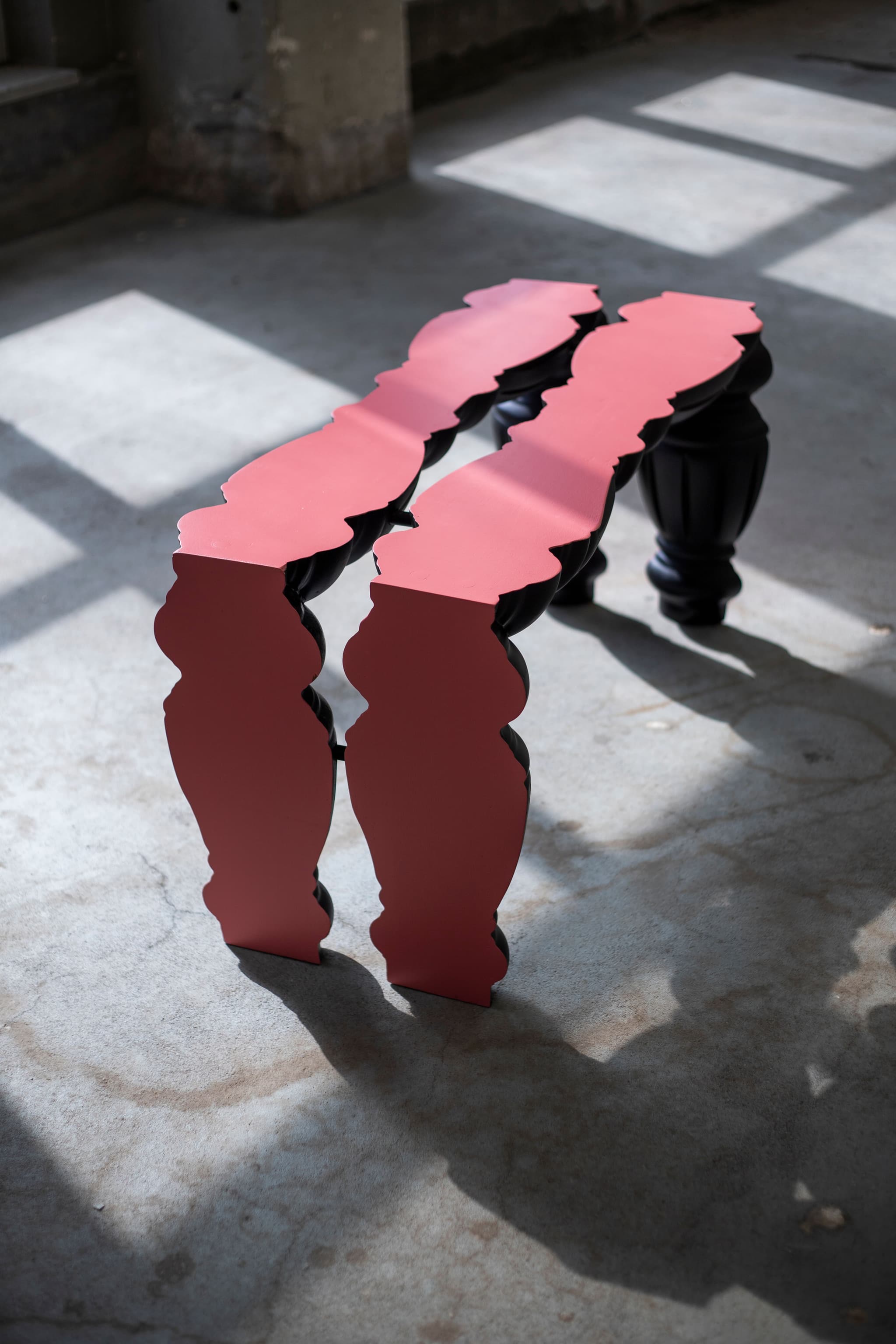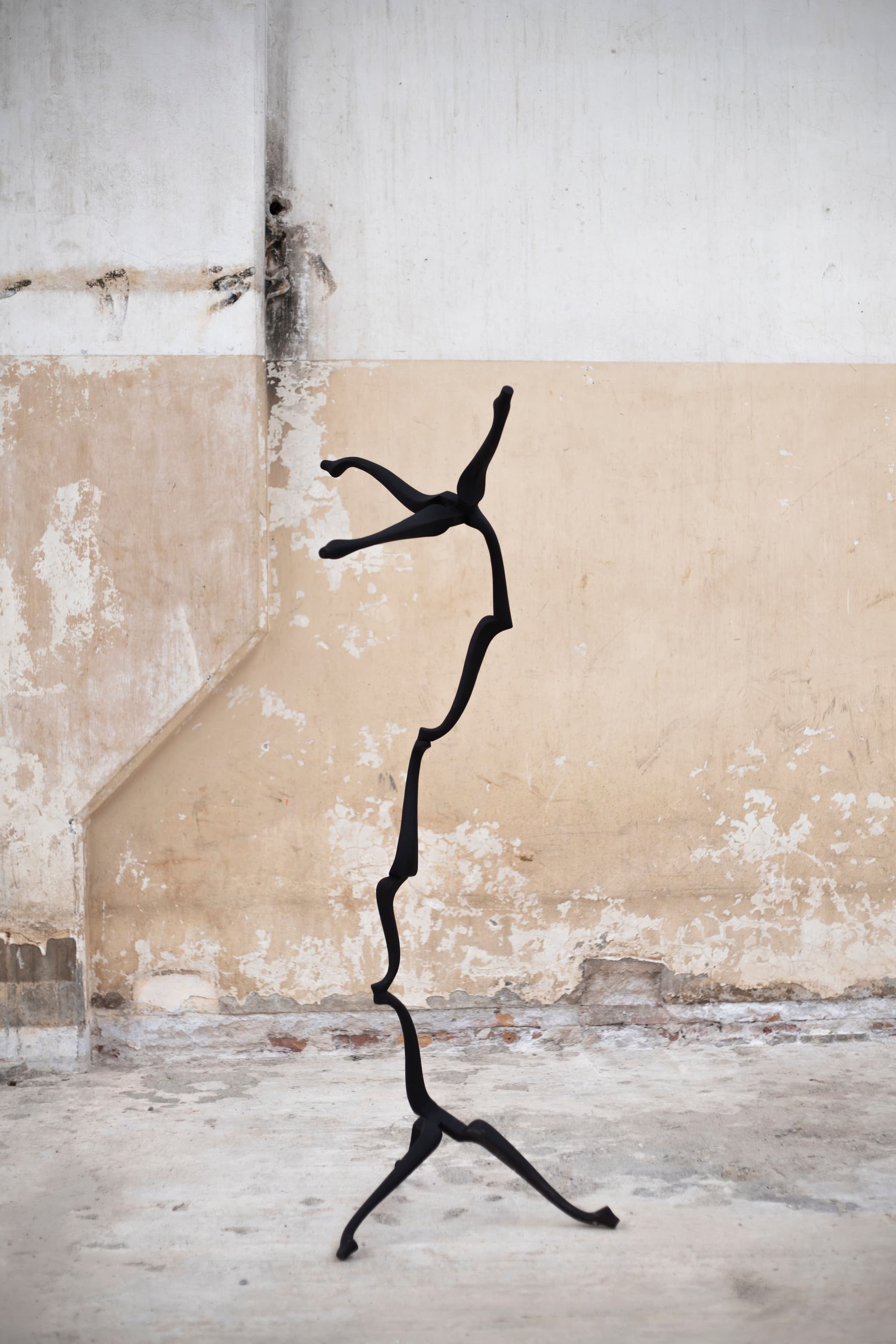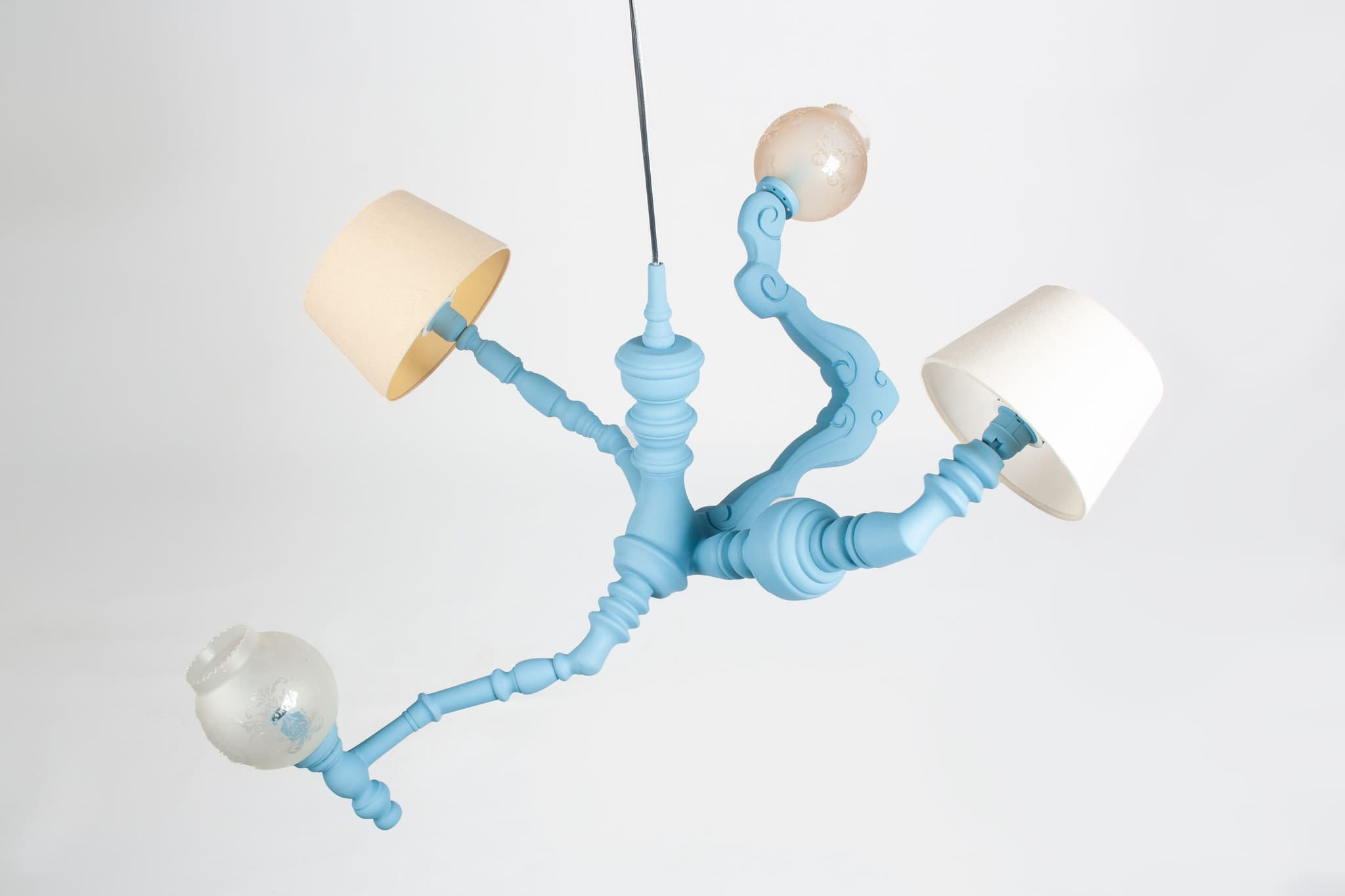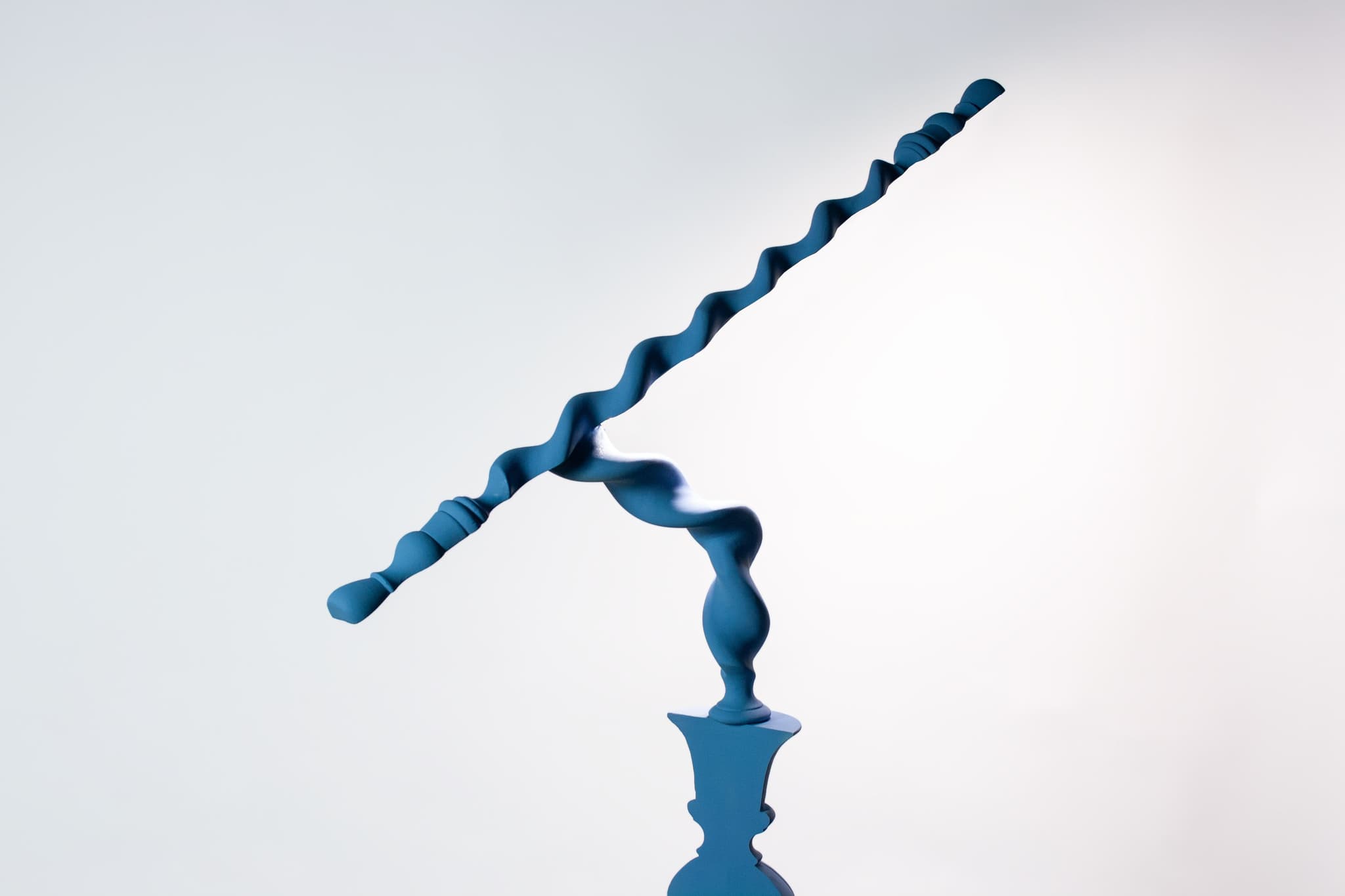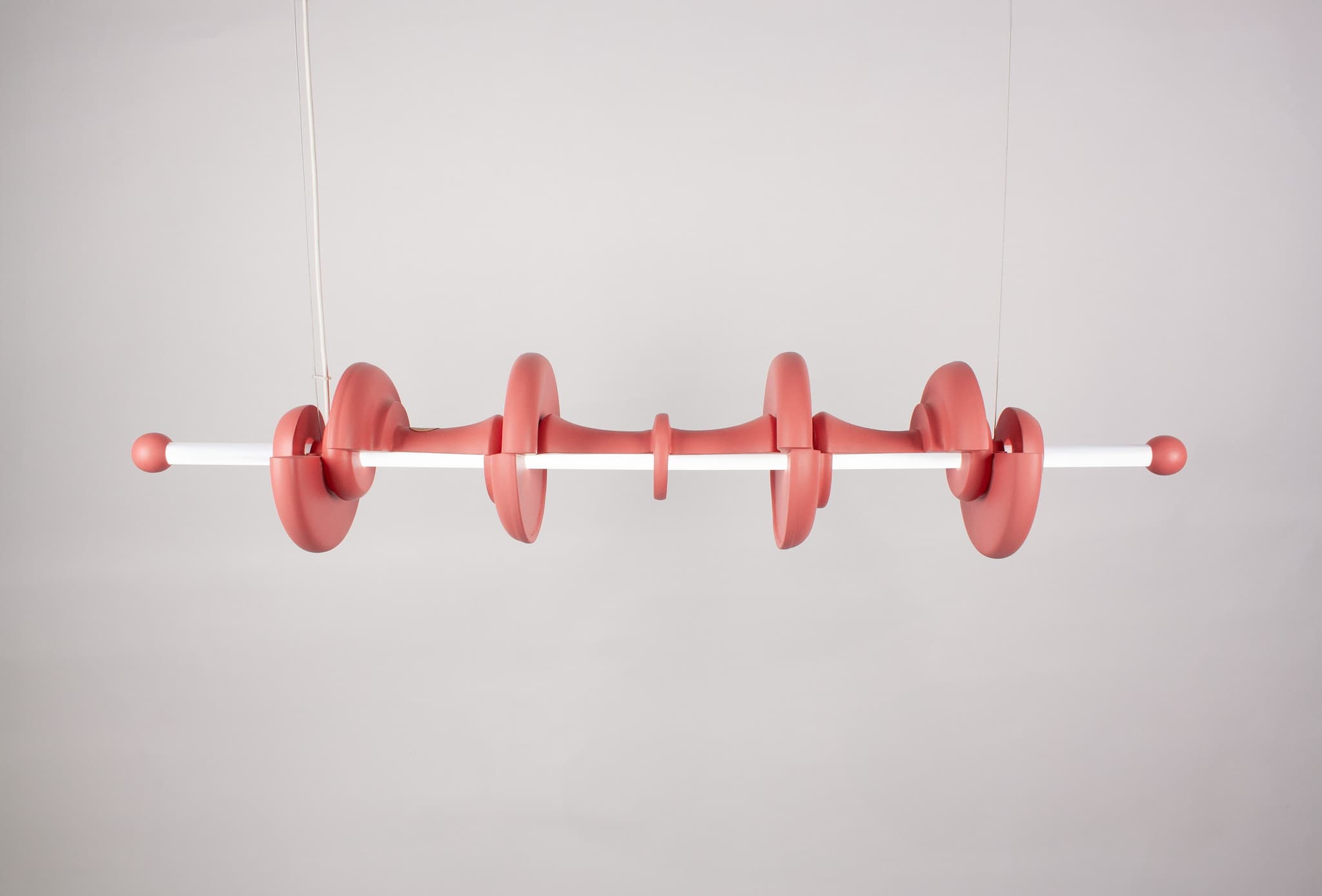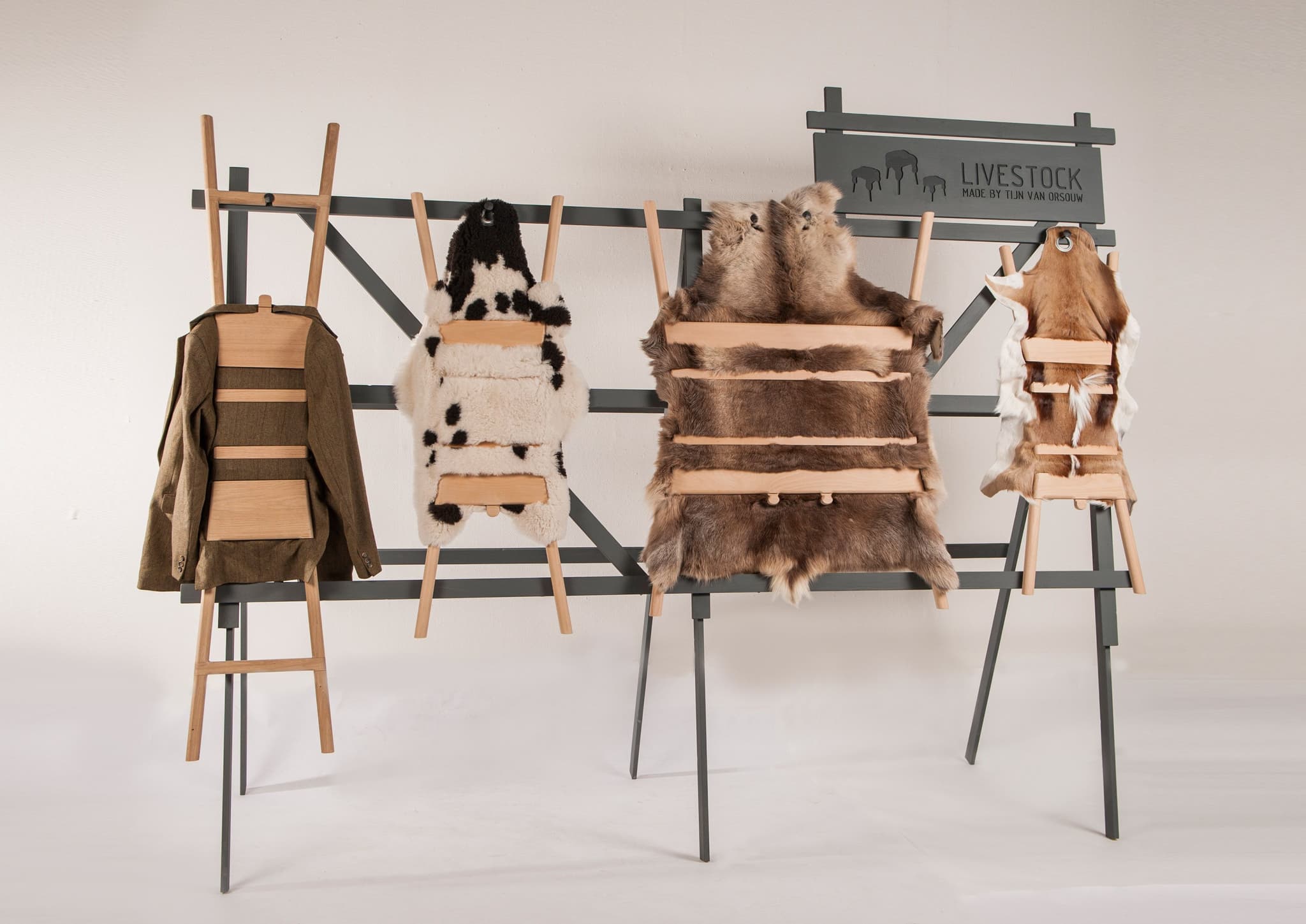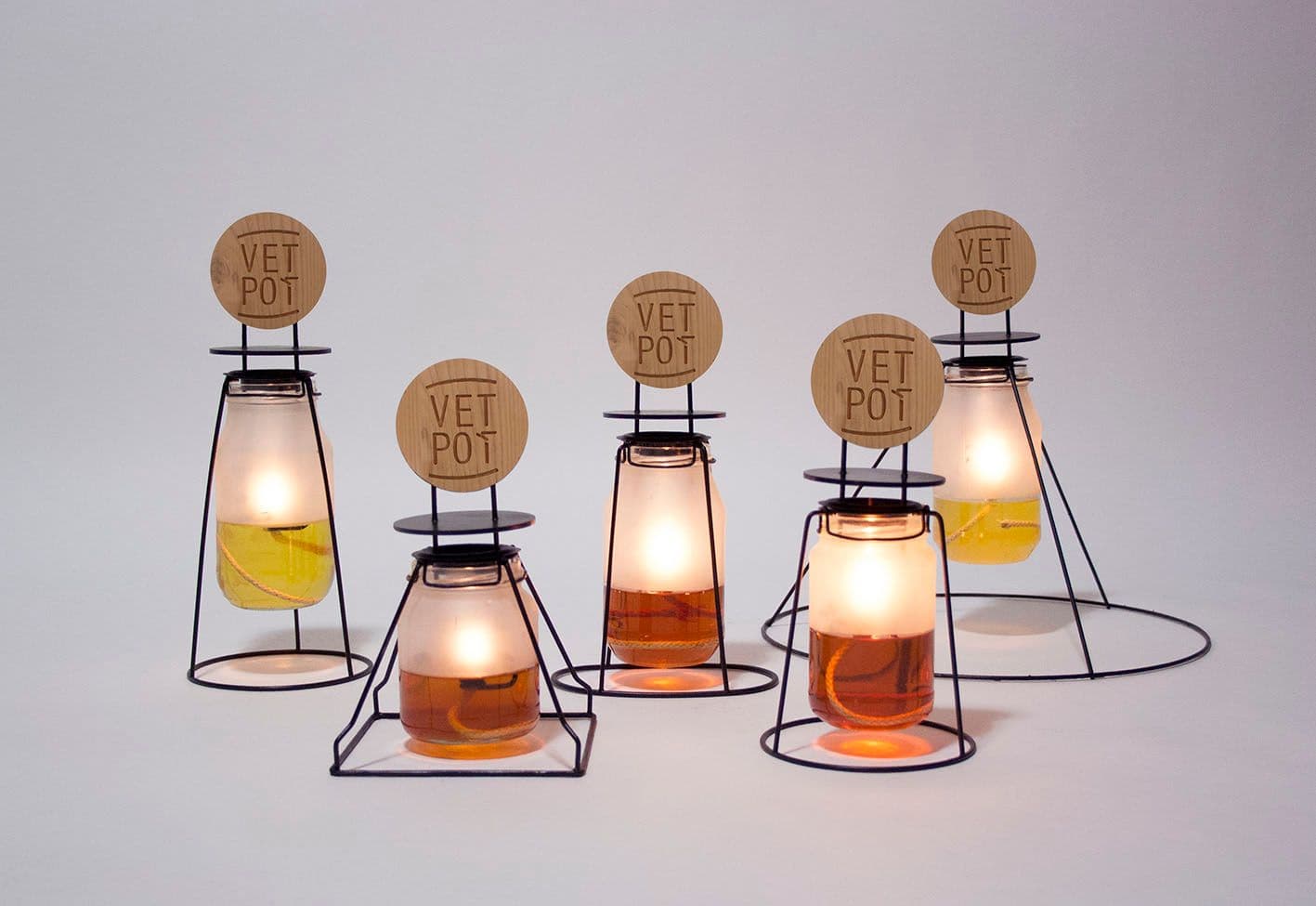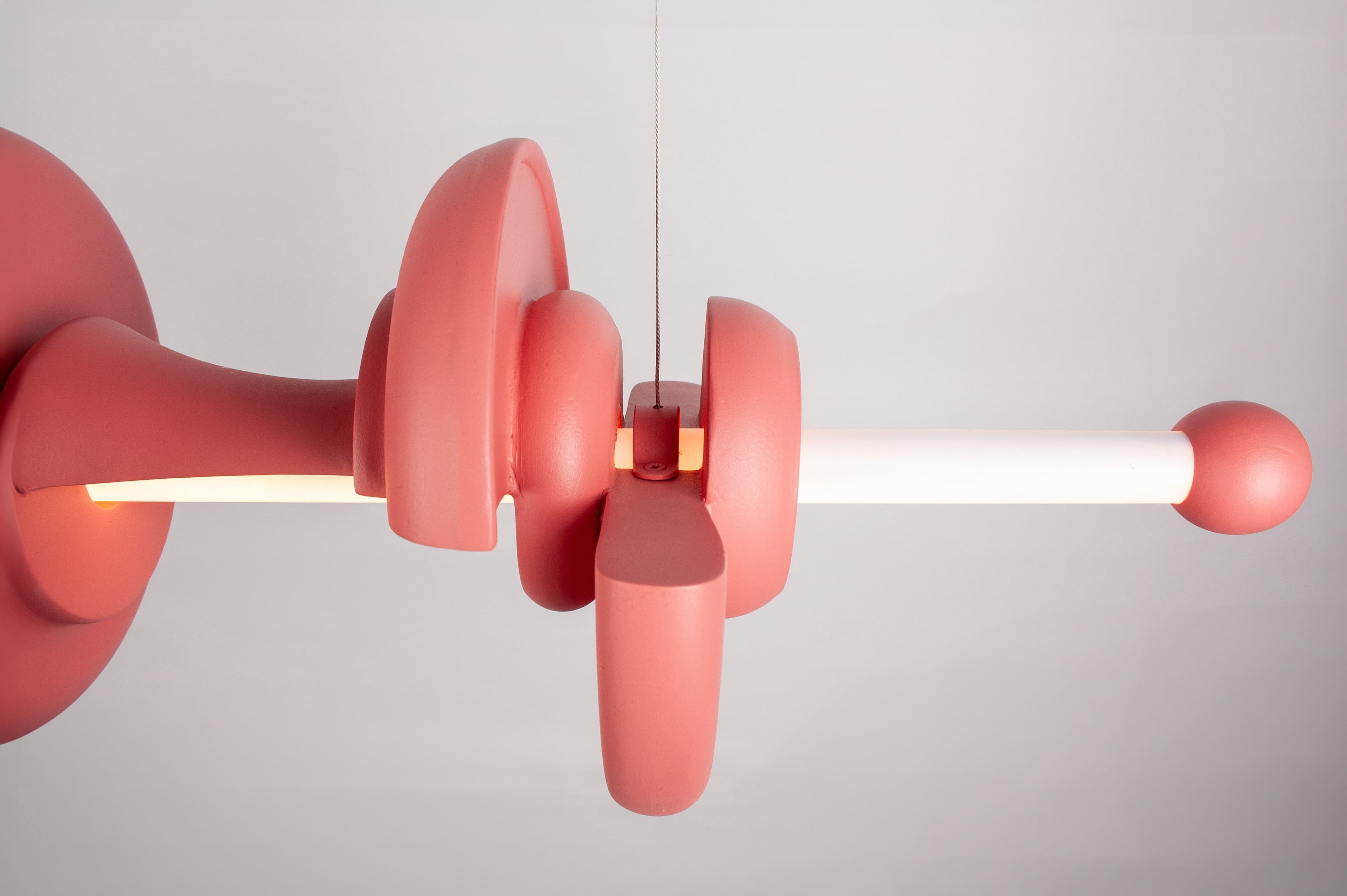The Second Chance collection emphasises the repurposing of old and new elements. What criteria do you use to select materials for this collection, and how do you integrate their history into the design?
The project showcases various ways to repurpose existing materials into new design elements. It all started with classic billiard table legs that a local woodworker couldn't use due to their rounded shapes. This sparked the idea of doing something special with these recognisable and durable materials, which also hold strong emotional value.
To transform these legs into something new and fresh, I began cutting them intuitively, like a fruit ninja, slicing parts at different angles and in halves. This playful exploration of the material’s intrinsic qualities led to the creation of the "Second Chance" collection. It felt like playing with my old wooden blocks, gradually building new compositions and functional sculptures.
For sourcing materials, I established a rule set to guide my focus. For this collection, I exclusively use turned and carved classic wooden furniture and objects. The goal is to create functional sculptures that serve new purposes in interiors, showcasing a dynamic quality that contrasts with the static nature of the original materials.
I also explore color, both natural and enhanced, to determine how much transformation is needed for my audience. Through this process, I aim to demonstrate that existing materials, with their inherent stories and emotional worth, can address contemporary functional problems in interior design.

What are some of the challenges you face when working with repurposed materials, and how do you overcome them to achieve your design goals?
Challenges for me often involve gaining control over existing materials by adjusting, reassembling, or combining them in a visually appealing and innovative way. It's in my DNA to work with existing materials and understand how they feel and function, so I constantly train myself to handle them effectively. However, it can be difficult to realise my ideas due to the unavailability of necessary techniques. The only solution is to work hard and intuitively experiment with materials to see if they come together well.
Another challenge is sourcing materials from companies willing to reintegrate them into their interiors. Recently, I’ve been working with industrial companies seeking functional solutions for their interiors using their (waste) and old materials. I'm also exploring opportunities to repurpose old pieces in new, innovative ways.
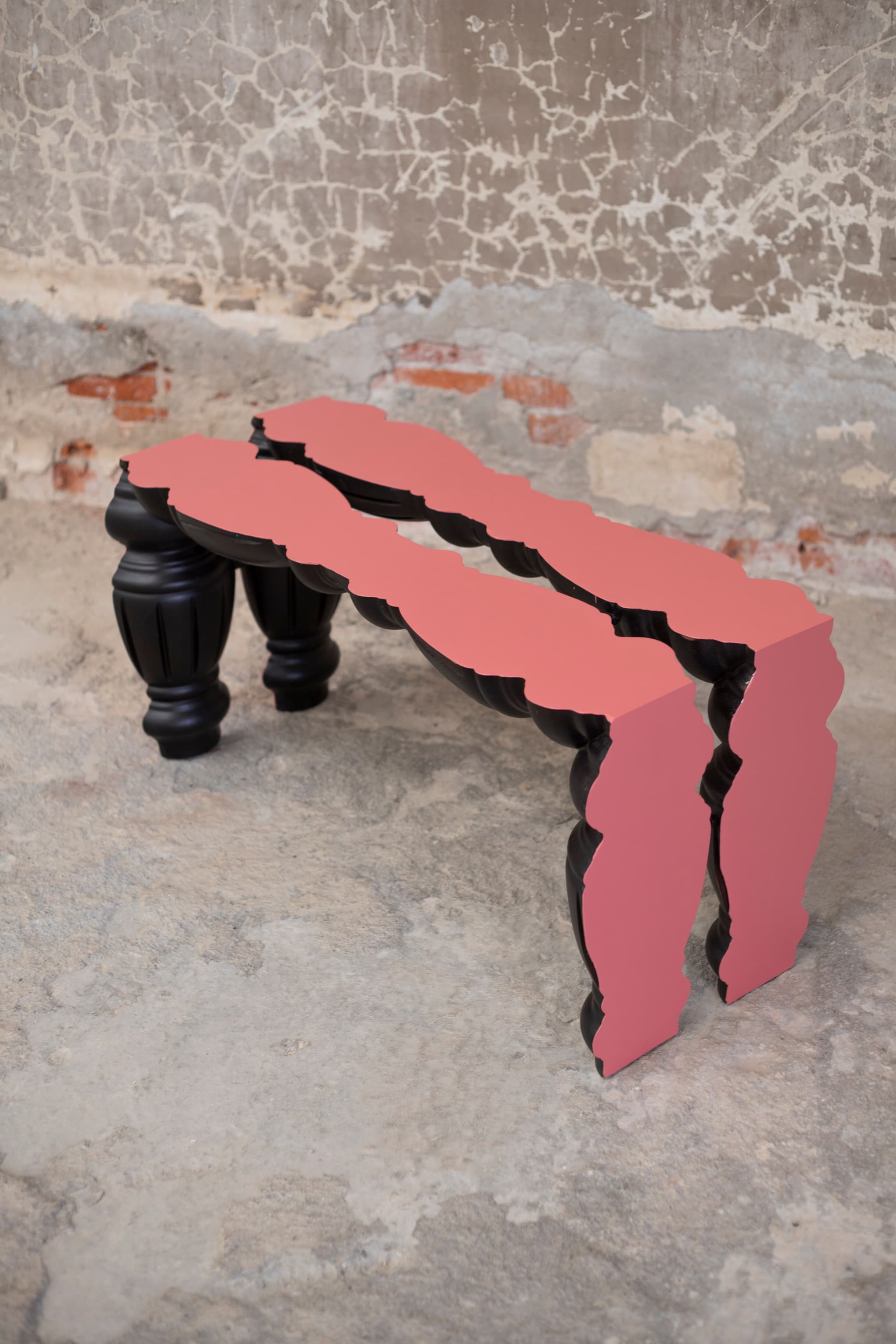
The Lightcomposers project uses Colback material for adjustable window screens. Can you discuss the unique properties of Colback and how they inspired your design process?
In 2017, I was invited, along with nine other designers, to create new physical designs for Low & Bonar (now part of Freudenberg) as part of the In4nite project. The aim was to explore the intrinsic qualities of Colback materials and potentially unlock new commercial opportunities. Colback is typically used in technical and hidden applications, such as carpet backing or reinforcement for planes and industrial buildings. However, upon entering the factory, I was amazed by the material stretching across a 10-meter span, with its light transmission being overwhelming.
This inspired me to think about using Colback for sunscreens or privacy screens. When I placed a piece in front of my window, I noticed that most window screens were flat and uninteresting. I wanted to create something more three-dimensional, which led me to explore origami. While folding, I discovered that the material, besides its excellent light transmission, is very strong, flexible, and available in different weights and transparency levels.
At a certain point, I wanted to create a sample similar to curtains, so I took a heated metal wire and pinched it through several folds. This allowed me to direct the folds and start creating window objects resembling amulets.
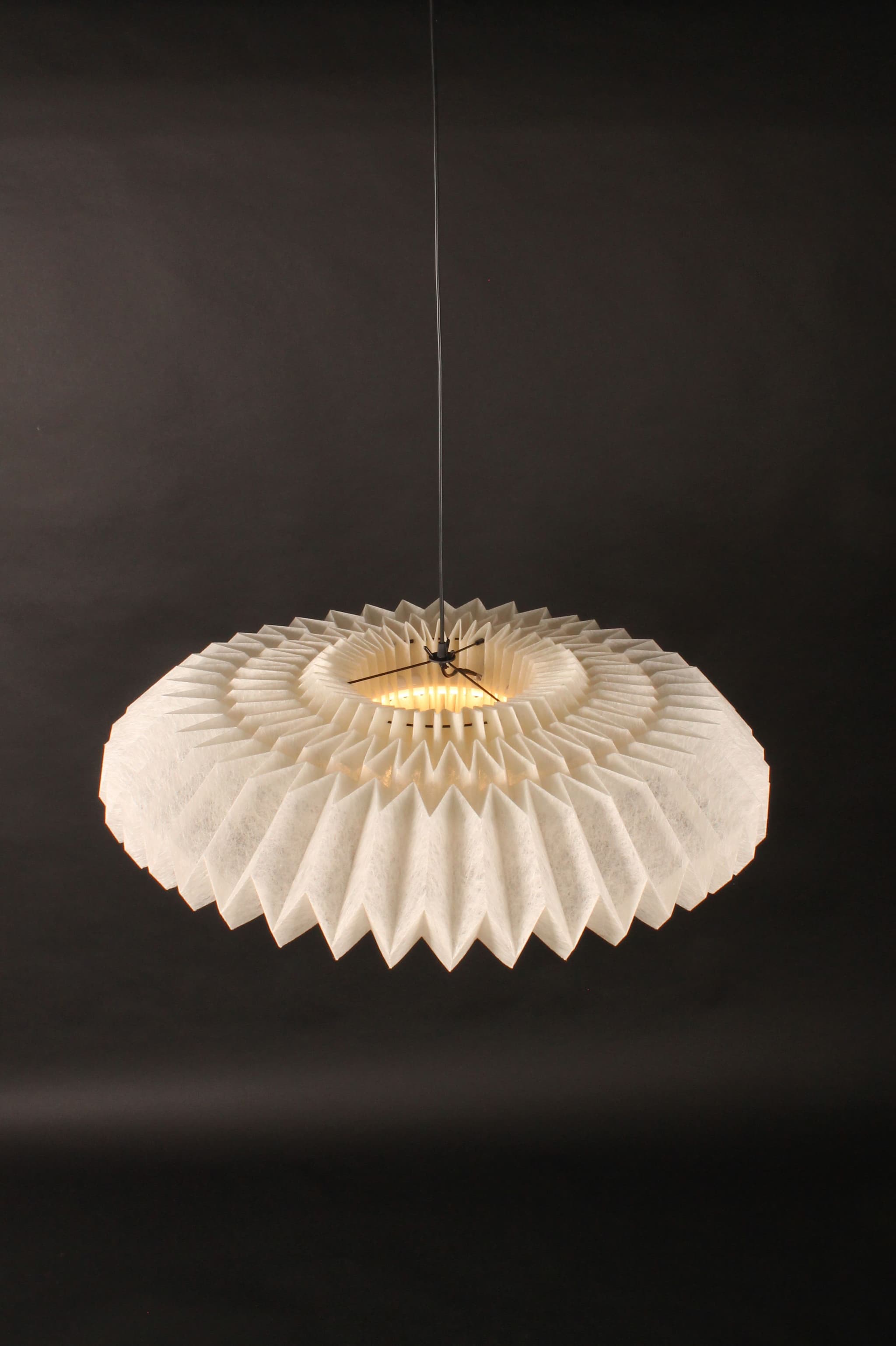
What innovative techniques did you develop for folding, laminating, and fixing Colback to create adjustable window screens?
To be able to use different techniques and to keep the folds in the materials in place, I initially used a knife to bend over the edges. Later, while using my plotter machine for signage, I wondered if I could cut the material using CNC. With some tuning and adjustments, it started to work, making it easier for me to consistently duplicate the fold and maintain a neat appearance.
I experimented with laminating the material with foil found near the plotter. After that, I had a few more challenges to solve. I needed handles and a way to attach the material to my window. I found suction cups with wire ends to connect to my metal wire. For the adjustable screen handles, I used durable rubber with enough friction to hold. To finish, I laminated the rubber with wood veneer to make the handles stiff and give them a more luxurious aesthetic.
During this time, I also created a wall lamp by replacing the wire with a circular lamp and presented my collection at Milan Design Week 2018. I was invited by Heal's London to create a pendant lamp for their talent program, which went to market in 2019. At the beginning of this year, Freudenberg installed four of these lamps in their Colback headquarters in the Netherlands.


The Livestock collection focuses on small space management and unique upholstery. How do the materials you choose, such as animal skin and jackets, contribute to the storytelling aspect of the stools?
The Livestock collection was my first collection and where it all started. At the time, living smaller and more remote was a hot topic, and I was looking for smart, intriguing ways to store furniture. Most furniture is hidden out of sight, but I wanted to create pieces that were functional and visually appealing. Initially, I worked on a stool with a technical system that made it foldable using a square piece of leather. However, something felt missing, and the link to existing materials wasn’t visible anymore. It felt like I was trying too hard to make it look nice, and I knew I had to focus on the material.
During that time, furs were trendy, and I saw many lying around everywhere. I thought, what if I replace the leather with fur? It became something very iconic and striking. To continue the project, I considered what the "coat" of humans would be and decided to use a tweed wool jacket evoking an English hunter or shepherd. The material influenced the stool’s proportions, turning a wide fur into a bench and the jacket into a barstool. Since 2014, I've created various stools for bars using local jackets in matching colors, commissioned works with fur shot and tanned by clients, and jackets from grandparents with emotional value. The Livestock collection has become a testament to my vision for design, enduring to this day.
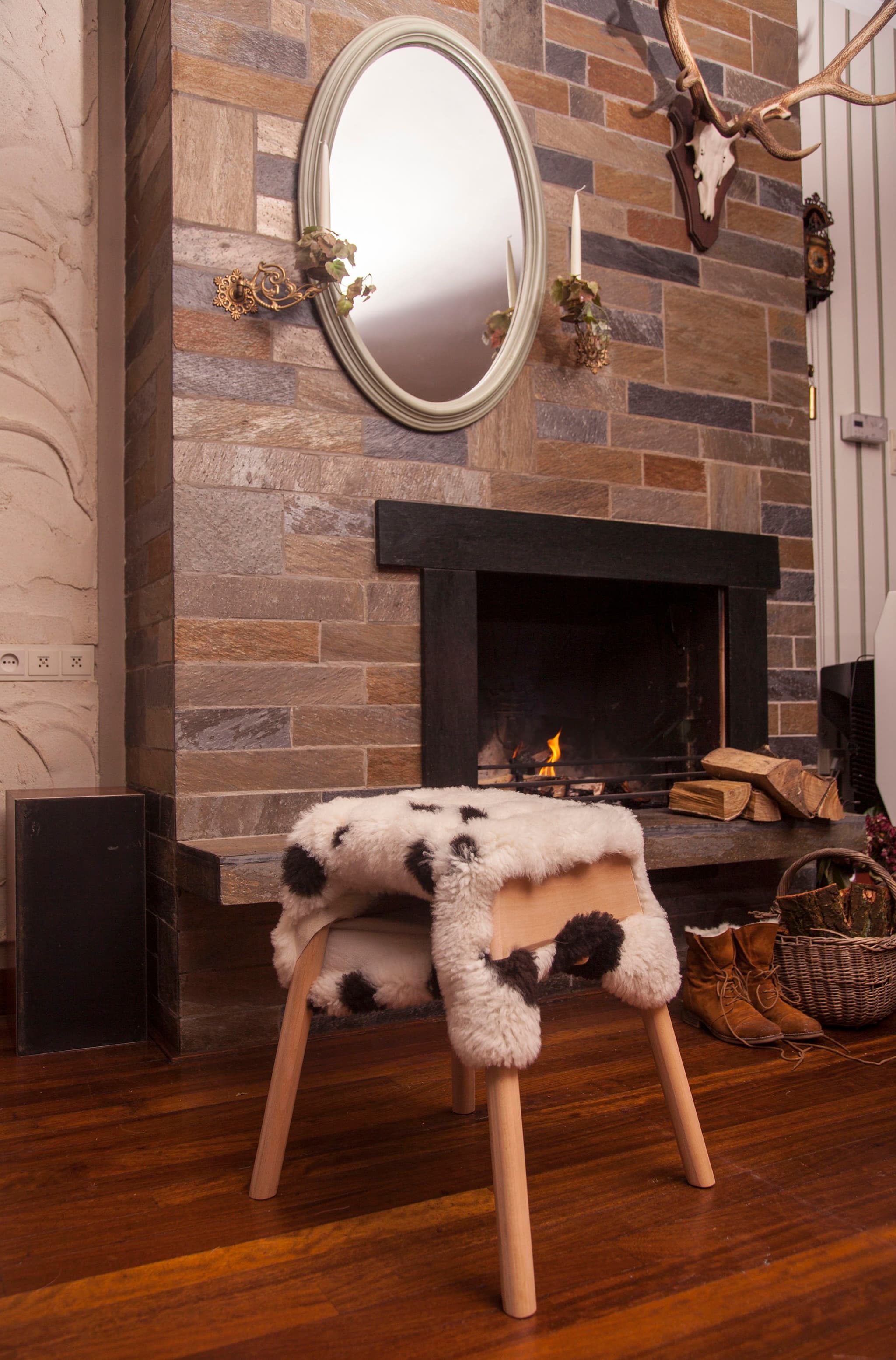
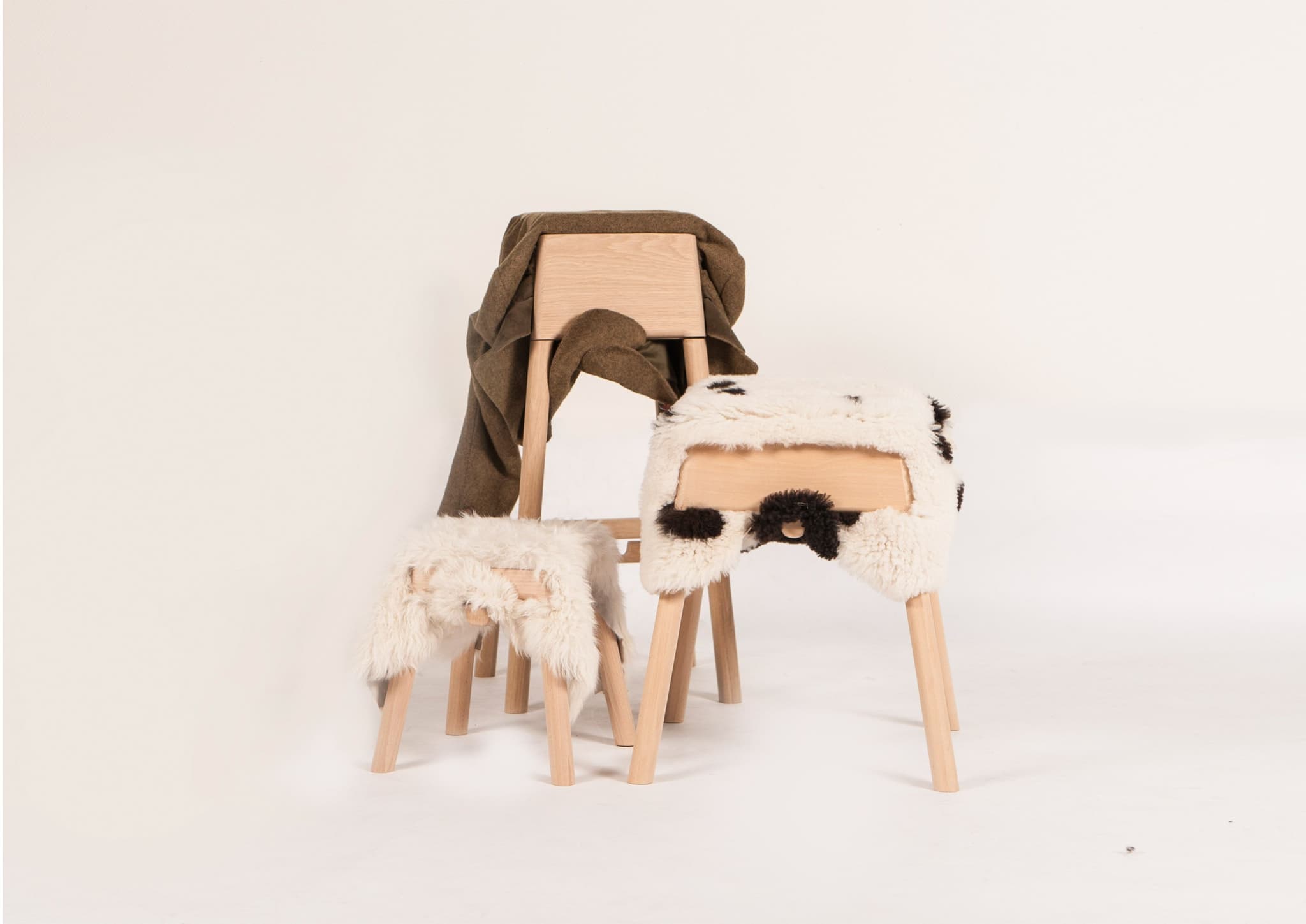
How do collaborations with companies and technical experts, like Low & Bonar in the Lightcomposers project, enhance your design process and outcomes?
Collaborating with companies always works well for me because it provides a specific question and context to create a design solution. It makes sense to help them with existing materials, and having an outstanding design can help them maintain a strong visual identity for their clients and contacts. As a small company, we can work quickly and assist larger companies efficiently.
For example, our R&D department demonstrated material qualities in three months that other companies took three years to show. As designers, we can think independently and experiment in various ways without constraints. I believe true innovation lies in the combination of these approaches, resulting in products that are practical and likely needed by other companies as well.
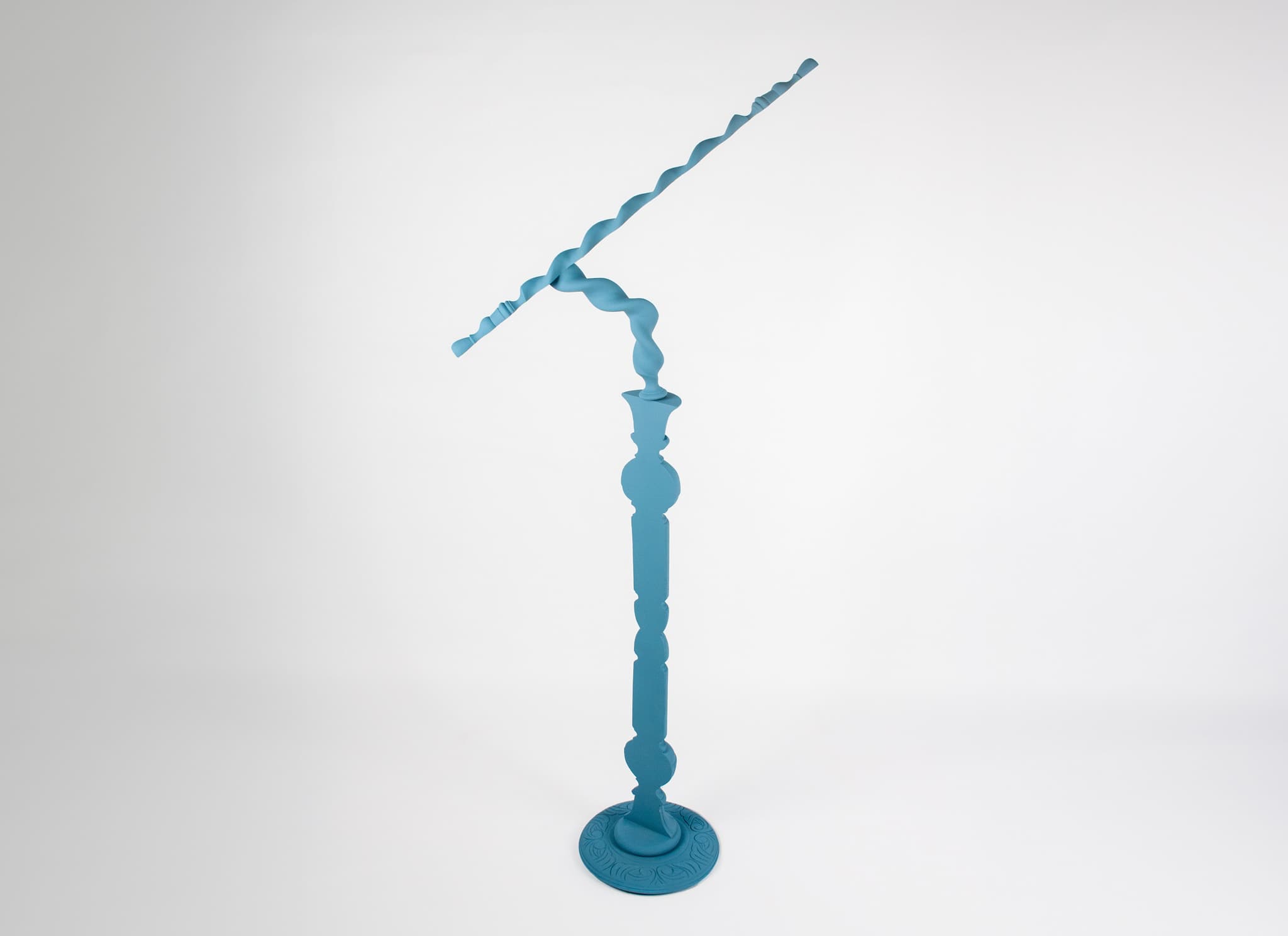
What new materials or techniques are you excited to explore in your future projects, and how do you see them contributing to your design philosophy?
Over the next five years, I plan to dive deeper into interior projects, collaborating with companies to identify and repurpose materials, especially leftover materials that can be reintegrated into their interiors.
For example, I created multiple design solutions for Nedstack using their unused technical transport boxes. Circularity is a hot topic in building, to achieve 50% circular construction by 2030.
As a designer, I see many opportunities to create functional and sustainable solutions for interiors. Imagine turning old fences into benches for lobbies or repurposing old doors into tables and flexible workstations. These examples reflect concrete and exciting opportunities for more mindful designs.
